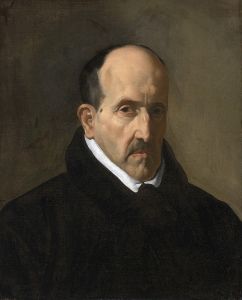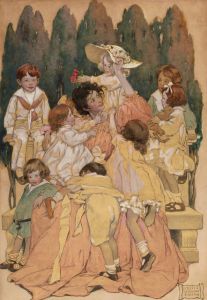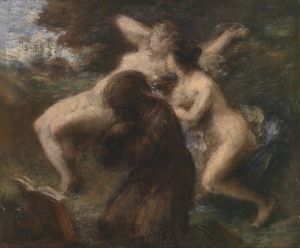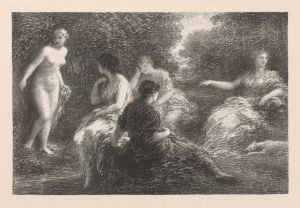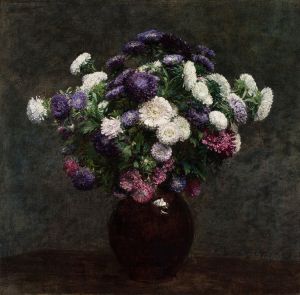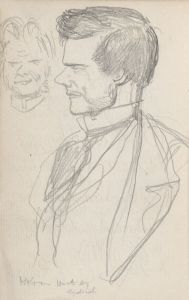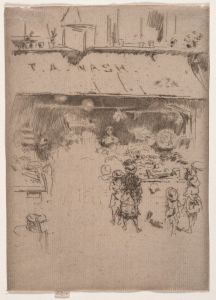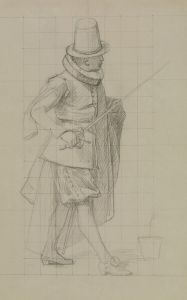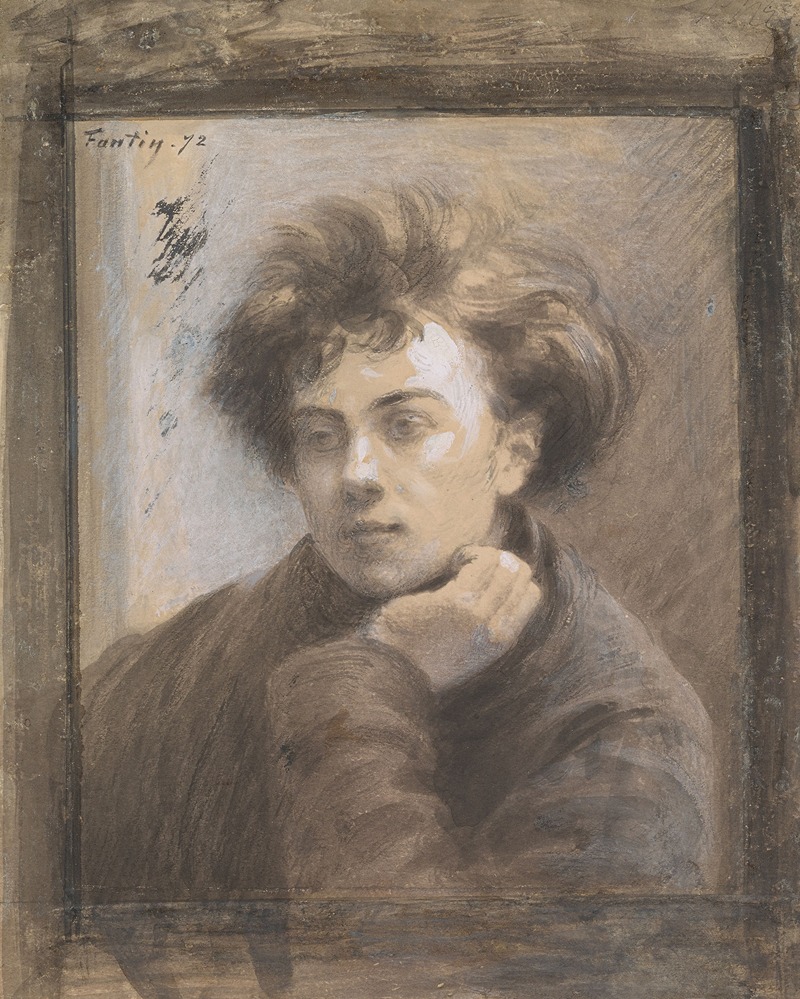
Portrait of Arthur Rimbaud
A hand-painted replica of Henri Fantin-Latour’s masterpiece Portrait of Arthur Rimbaud, meticulously crafted by professional artists to capture the true essence of the original. Each piece is created with museum-quality canvas and rare mineral pigments, carefully painted by experienced artists with delicate brushstrokes and rich, layered colors to perfectly recreate the texture of the original artwork. Unlike machine-printed reproductions, this hand-painted version brings the painting to life, infused with the artist’s emotions and skill in every stroke. Whether for personal collection or home decoration, it instantly elevates the artistic atmosphere of any space.
Henri Fantin-Latour's "Portrait of Arthur Rimbaud" is a notable work that captures the likeness of the influential French poet Arthur Rimbaud. Painted in 1872, this portrait is a significant piece within Fantin-Latour's oeuvre, known for its realistic representation and subtle use of color and light.
Henri Fantin-Latour (1836–1904) was a French painter and lithographer renowned for his flower paintings and group portraits of Parisian artists and writers. His work is characterized by a meticulous attention to detail and a subdued palette, which is evident in his portrait of Rimbaud. Fantin-Latour was associated with the Symbolist movement, and his portraits often convey a sense of introspection and depth.
Arthur Rimbaud (1854–1891) was a prodigious poet whose work had a profound impact on modern literature and arts. Known for his innovative use of language and visionary style, Rimbaud's poetry broke away from traditional forms and themes, influencing later movements such as Surrealism and Symbolism. Despite his brief literary career, which he abandoned in his early twenties, Rimbaud's work remains highly influential.
The "Portrait of Arthur Rimbaud" was created during a period when Rimbaud was gaining recognition in literary circles. In 1872, Rimbaud was in Paris, mingling with other poets and artists, and his relationship with fellow poet Paul Verlaine was both a source of inspiration and turmoil. This context is essential in understanding the environment in which Fantin-Latour painted Rimbaud.
In the portrait, Rimbaud is depicted with a contemplative expression, his gaze directed slightly away from the viewer. This pose suggests a sense of introspection, aligning with Rimbaud's reputation as a visionary poet. Fantin-Latour's technique in this portrait is marked by a soft, almost ethereal quality, achieved through delicate brushwork and a muted color palette. The background is understated, ensuring that the focus remains on Rimbaud's face, capturing the intensity and complexity of his character.
Fantin-Latour's ability to convey the inner life of his subjects is evident in this work. The portrait not only captures Rimbaud's physical likeness but also hints at the poet's enigmatic and rebellious spirit. This ability to portray both the external and internal aspects of his subjects is a hallmark of Fantin-Latour's portraiture.
The painting is housed in the Musée d'Orsay in Paris, which is home to many works from the 19th century, including pieces by other contemporaries of Fantin-Latour. The museum's collection provides a comprehensive view of the artistic developments during this period, and Fantin-Latour's portrait of Rimbaud is an integral part of this narrative.
In summary, Henri Fantin-Latour's "Portrait of Arthur Rimbaud" is a masterful depiction of one of France's most celebrated poets. Through his skilled use of composition and color, Fantin-Latour captures the essence of Rimbaud, offering viewers a glimpse into the mind of a literary genius. The portrait stands as a testament to both the artist's and the poet's enduring legacy in the world of art and literature.





